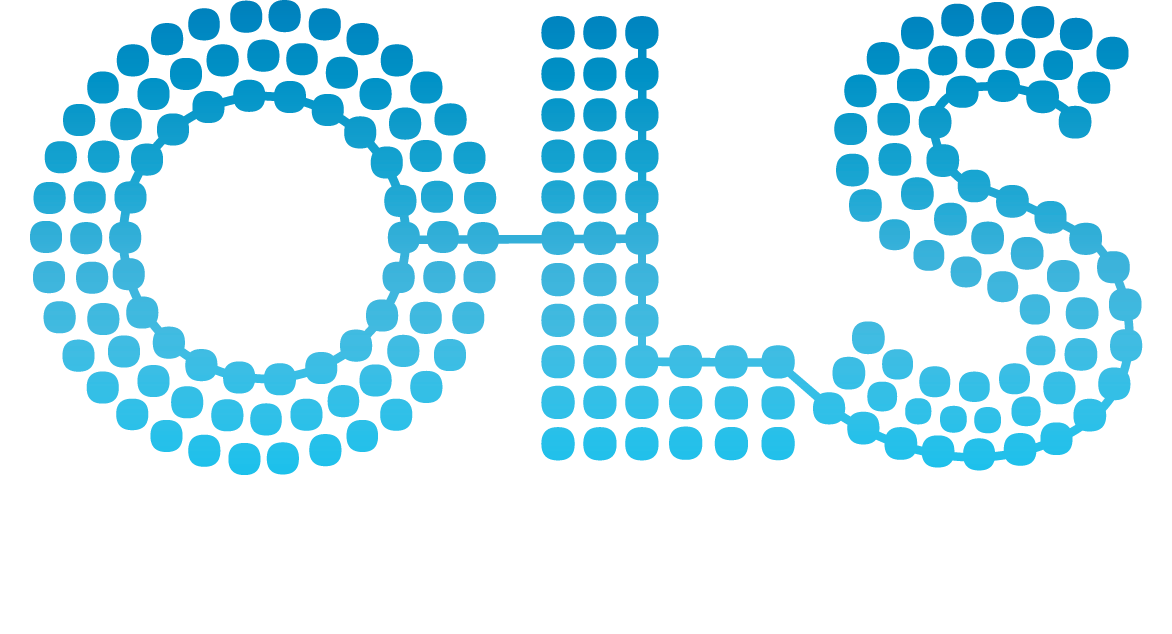|
Abdominal Fat
|
D050153 |
[Fatty tissue in the region of the ABDOMEN. It includes the ABDOMINAL SUBCUTANEOUS FAT and the INTRA-ABDOMINAL FAT.
] |
|
Abdominal Injuries
|
D000007 |
[General or unspecified injuries involving organs in the abdominal cavity.
] |
|
Abdominal Muscles
|
D000009 |
[Muscles forming the ABDOMINAL WALL including RECTUS ABDOMINIS; ABDOMINAL OBLIQUE MUSCLES, transversus abdominis, pyramidalis muscles and quadratus abdominis.
] |
|
Abdominal Neoplasms
|
D000008 |
[New abnormal growth of tissue in the ABDOMEN.
] |
|
Abdominal Oblique Muscles
|
D000071596 |
[Muscles of the anterolateral abdominal wall consisting of the external oblique and the internal oblique muscles. The external abdominal oblique muscle fibers extend from lower thoracic ribs to the linea alba and the iliac crest. The internal abdominal oblique extend superomedially beneath the external oblique muscles.
] |
|
Abdominal Pain
|
D015746 |
[Sensation of discomfort, distress, or agony in the abdominal region.
] |
|
Abdominal Wall
|
D034861 |
[The outer margins of the ABDOMEN, extending from the osteocartilaginous thoracic cage to the PELVIS. Though its major part is muscular, the abdominal wall consists of at least seven layers: the SKIN, subcutaneous fat, deep FASCIA; ABDOMINAL MUSCLES, transversalis fascia, extraperitoneal fat, and the parietal PERITONEUM.
] |
|
Abdominal Wound Closure Techniques
|
D058107 |
[Methods to repair breaks in abdominal tissues caused by trauma or to close surgical incisions during abdominal surgery.
] |
|
Abdominoplasty
|
D061645 |
[Surgical removal of an overhanging apron of skin and subcutaneous fat in the lower abdominal area of morbidly obese or formerly obese patient.
, Surgical removal of excess abdominal skin and fat and tightening of the ABDOMINAL WALL. Abdominoplasty may include LIPECTOMY of INTRA-ABDOMINAL FAT, tightening of the ABDOMINAL MUSCLES, and re-creation of the UMBILICUS.
] |
|
Abducens Nerve
|
D000010 |
[The 6th cranial nerve which originates in the ABDUCENS NUCLEUS of the PONS and sends motor fibers to the lateral rectus muscles of the EYE. Damage to the nerve or its nucleus disrupts horizontal eye movement control.
] |
|
Abducens Nerve Diseases
|
D020434 |
[Diseases of the sixth cranial (abducens) nerve or its nucleus in the pons. The nerve may be injured along its course in the pons, intracranially as it travels along the base of the brain, in the cavernous sinus, or at the level of superior orbital fissure or orbit. Dysfunction of the nerve causes lateral rectus muscle weakness, resulting in horizontal diplopia that is maximal when the affected eye is abducted and ESOTROPIA. Common conditions associated with nerve injury include INTRACRANIAL HYPERTENSION; CRANIOCEREBRAL TRAUMA; ISCHEMIA; and INFRATENTORIAL NEOPLASMS.
] |
|
Abducens Nerve Injury
|
D020222 |
[Traumatic injury to the abducens, or sixth, cranial nerve. Injury to this nerve results in lateral rectus muscle weakness or paralysis. The nerve may be damaged by closed or penetrating CRANIOCEREBRAL TRAUMA or by facial trauma involving the orbit.
] |
|
Abducens Nucleus
|
D065827 |
[A region in the PONTINE TEGMENTUM that is the nucleus of the ABDUCENS NERVE.
] |
|
Abelmoschus
|
D028483 |
[A plant genus of the family MALVACEAE, order Malvales, subclass Dilleniidae, of which okra is best known example.
, Fruit of Abelmoschus esculentus.
] |
|
Abelson murine leukemia virus
|
D000011 |
[A replication-defective strain of Murine leukemia virus (LEUKEMIA VIRUS, MURINE) capable of transforming lymphoid cells and producing a rapidly progressing lymphoid leukemia after superinfection with FRIEND MURINE LEUKEMIA VIRUS; MOLONEY MURINE LEUKEMIA VIRUS; or RAUSCHER VIRUS.
] |
|
Aberrant Crypt Foci
|
D058739 |
[Clusters of colonic crypts that appear different from the surrounding mucosa when visualized after staining. They are of interest as putative precursors to colorectal adenomas and potential biomarkers for colorectal carcinoma.
] |
|
Aberrometry
|
D057128 |
[The use of an aberrometer to measure eye tissue imperfections or abnormalities based on the way light passes through the eye which affects the ability of the eye to focus properly.
] |
|
Abetalipoproteinemia
|
D000012 |
[An autosomal recessive disorder of lipid metabolism. It is caused by mutation of the microsomal triglyceride transfer protein that catalyzes the transport of lipids (TRIGLYCERIDES; CHOLESTEROL ESTERS; PHOSPHOLIPIDS) and is required in the secretion of BETA-LIPOPROTEINS (low density lipoproteins or LDL). Features include defective intestinal lipid absorption, very low serum cholesterol level, and near absent LDL.
] |
|
Abies
|
D028202 |
[A plant genus in the family PINACEAE, order Pinales, class Pinopsida, division Coniferophyta. Balm of Gilead is a common example.
] |
|
Abietanes
|
D045784 |
[DITERPENES that are nearly like abietanes but the 13-position has a methyl and an ethyl instead of an isopropyl group.
, A subclass of cyclical DITERPENES that contain the abietane ring structure.
] |
